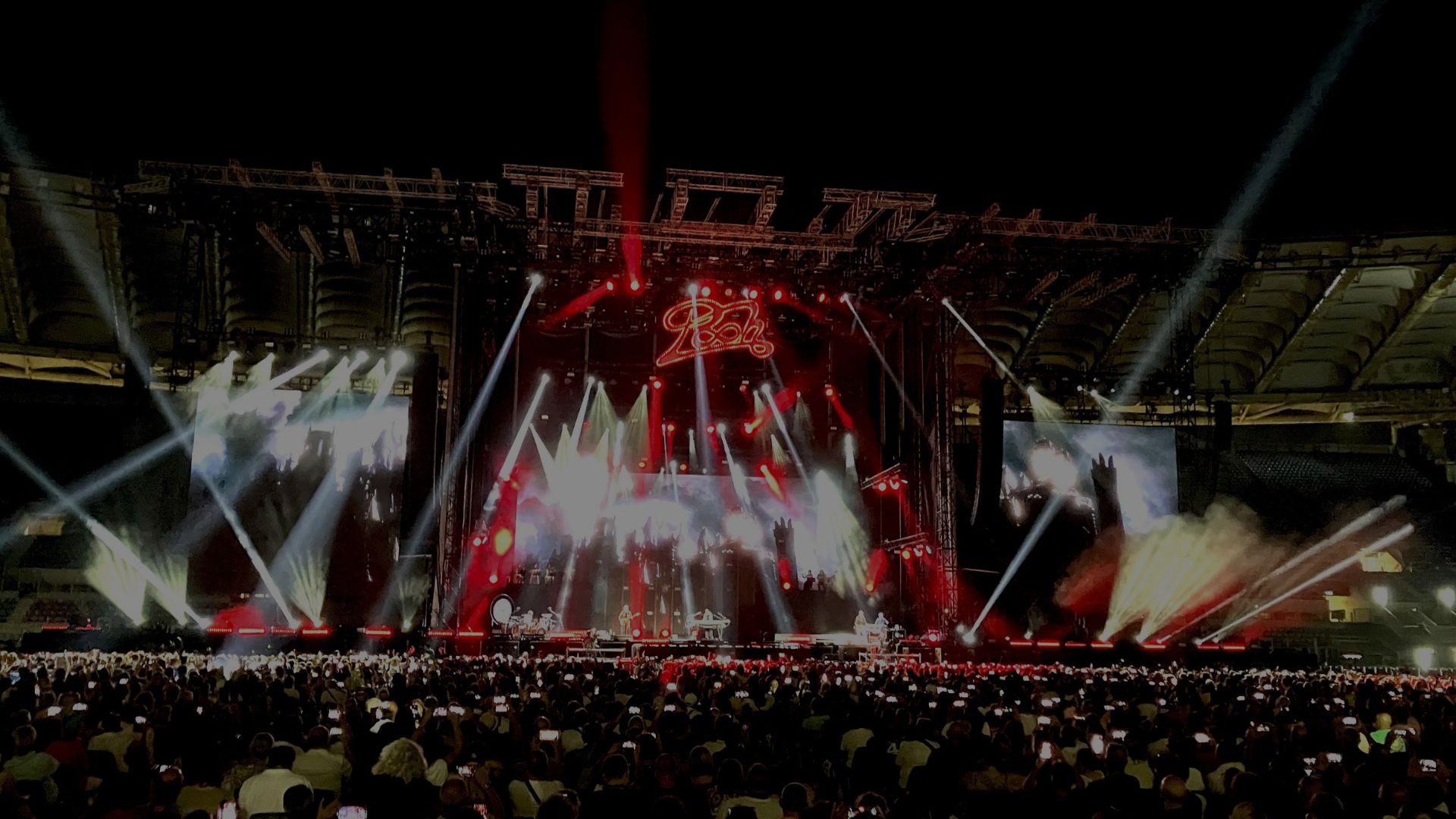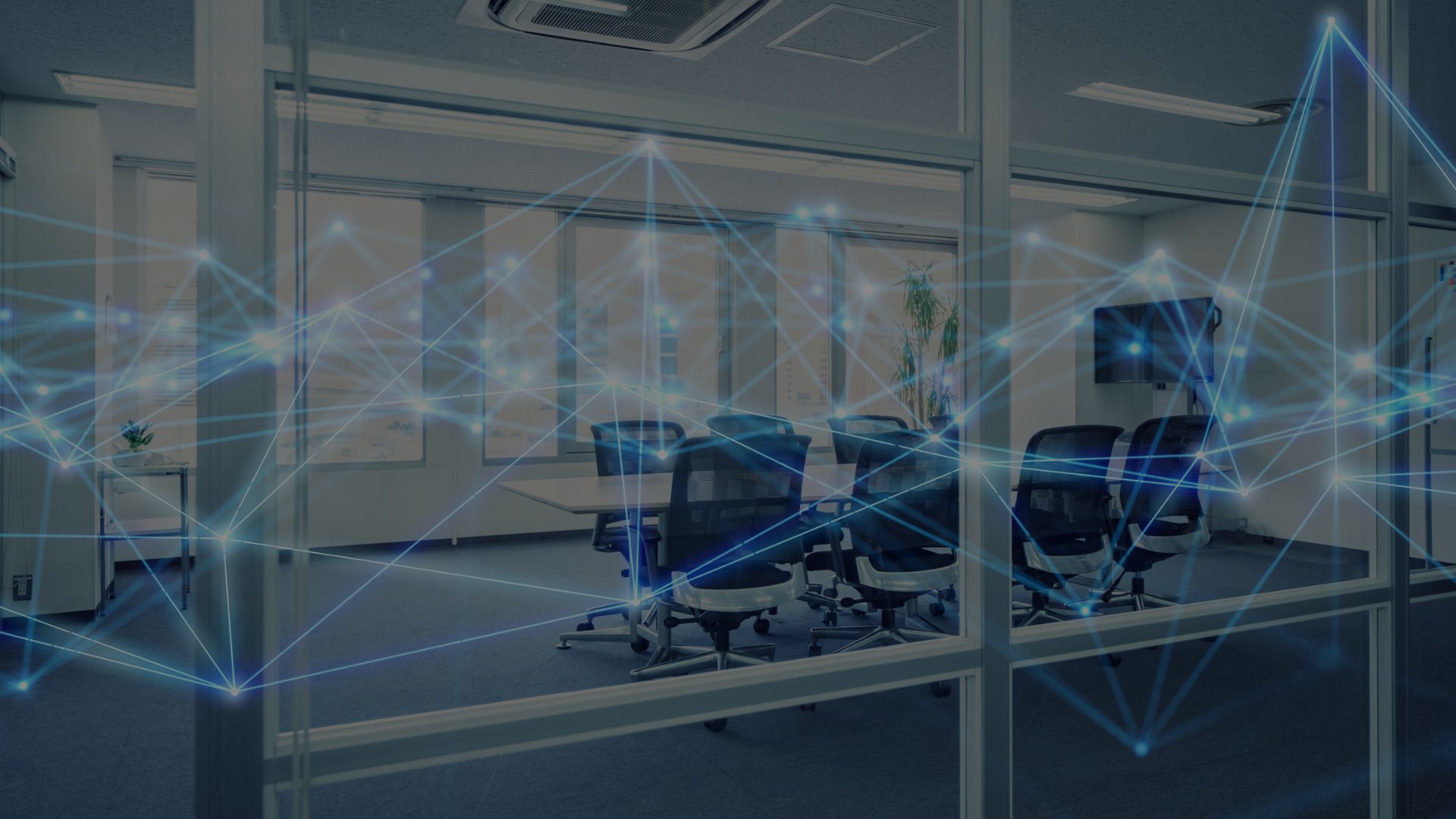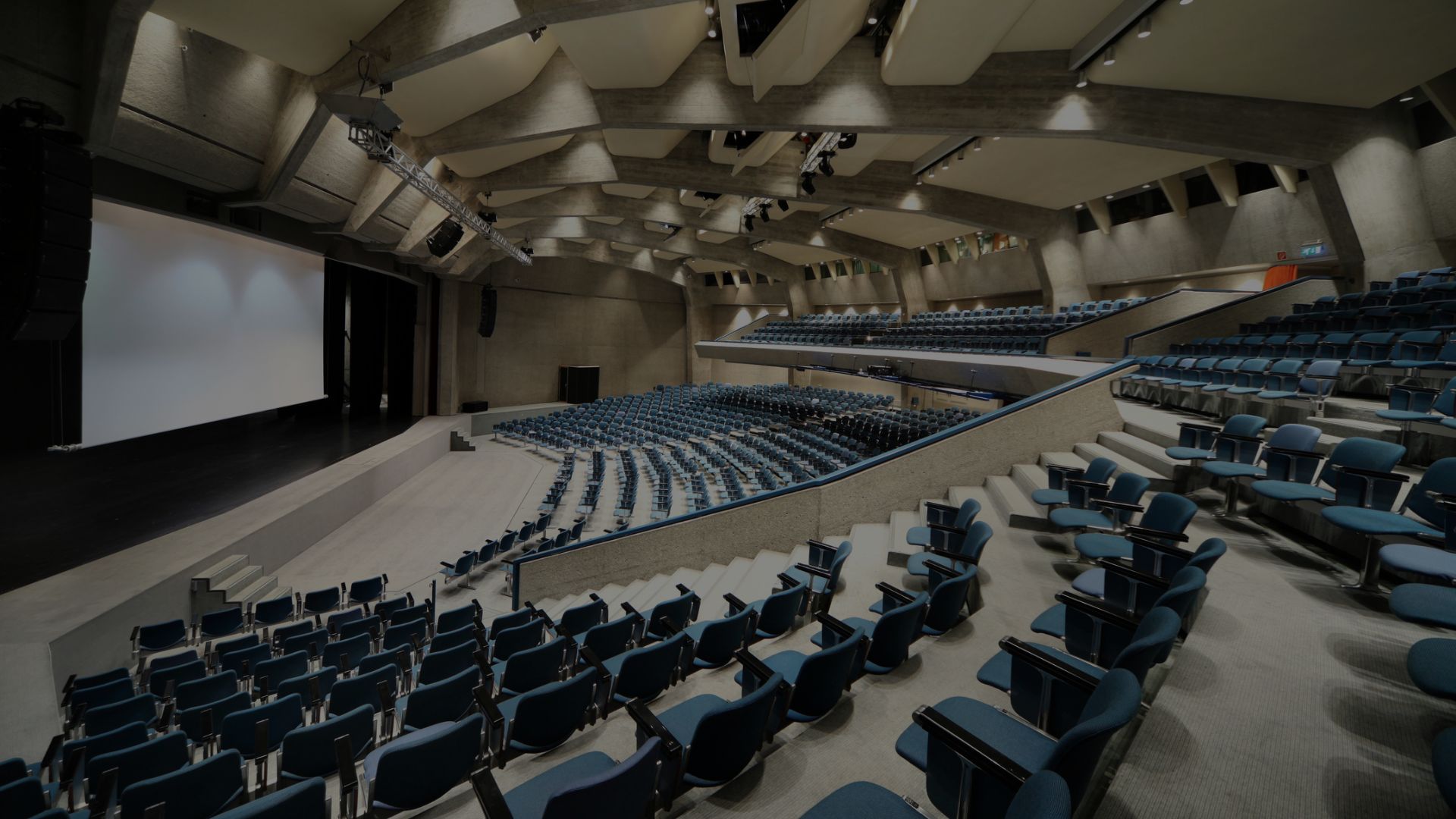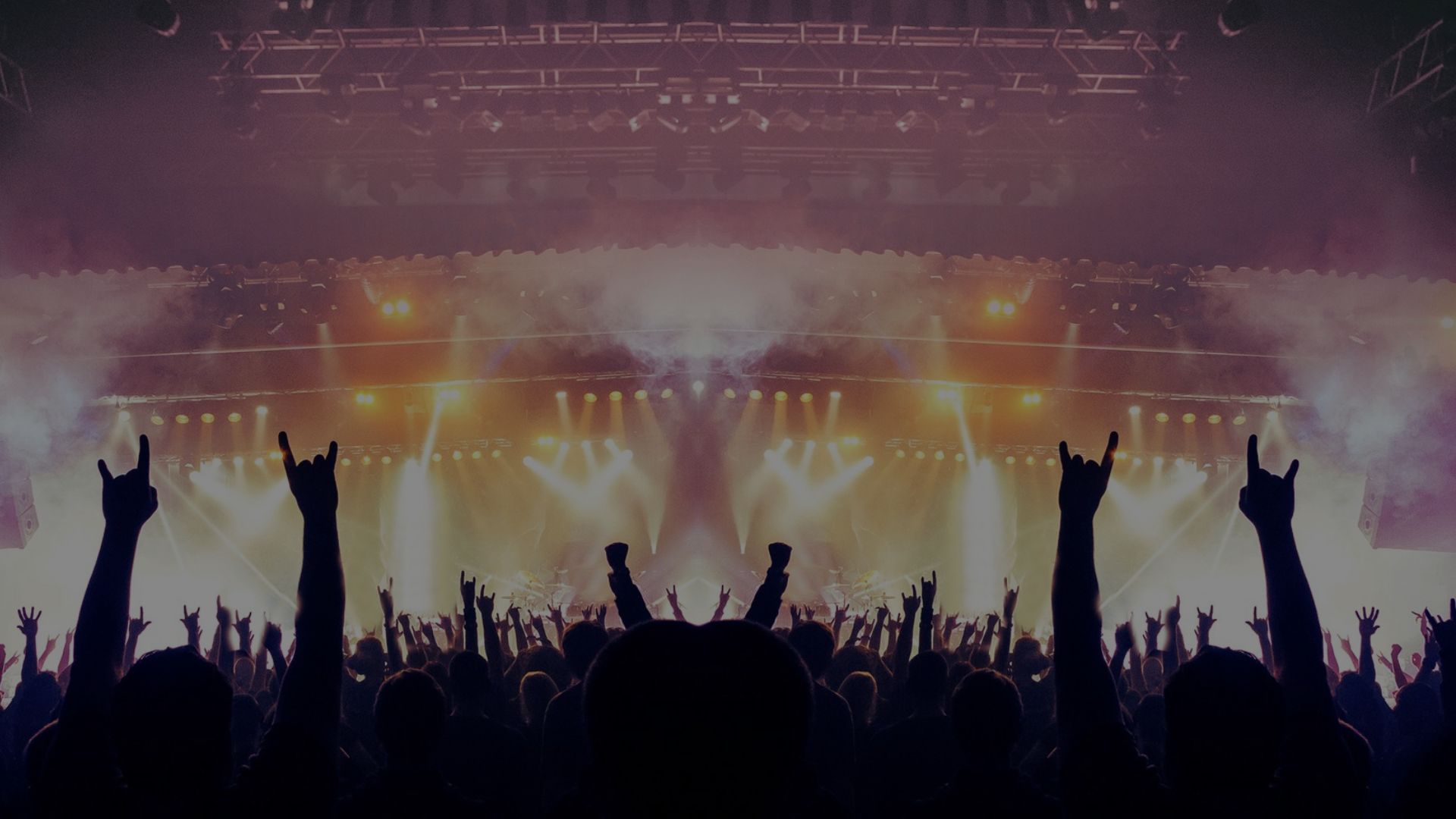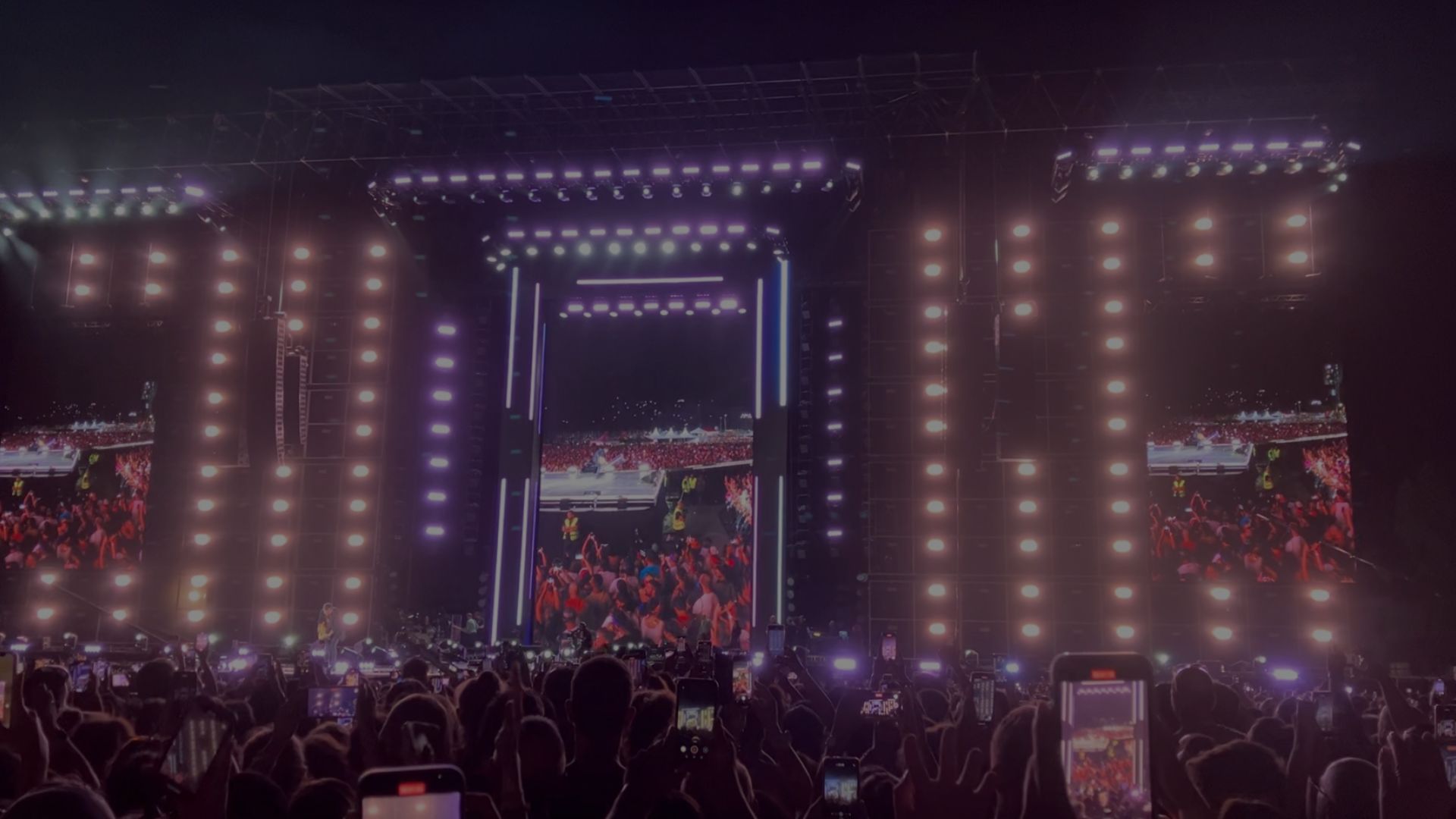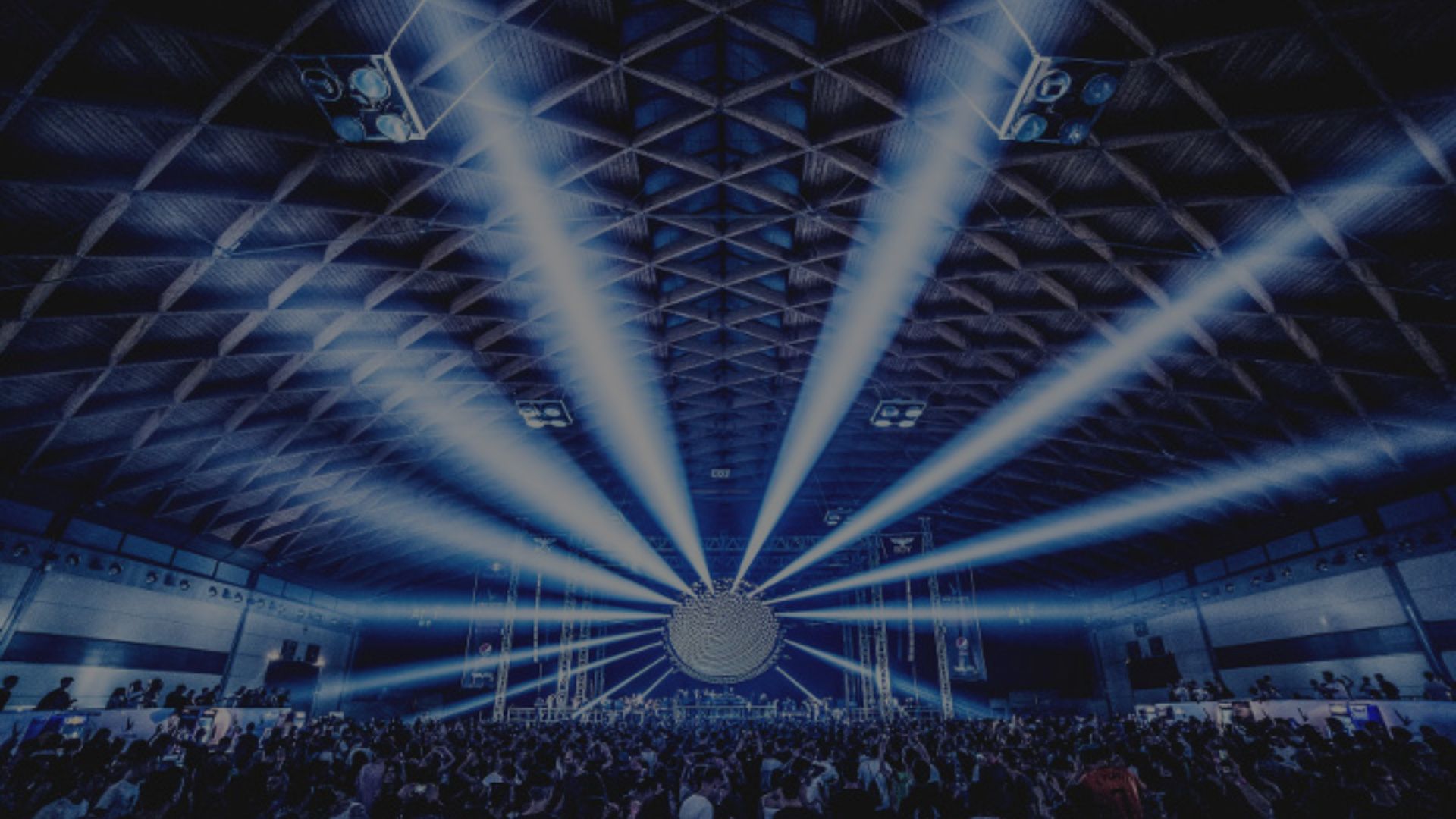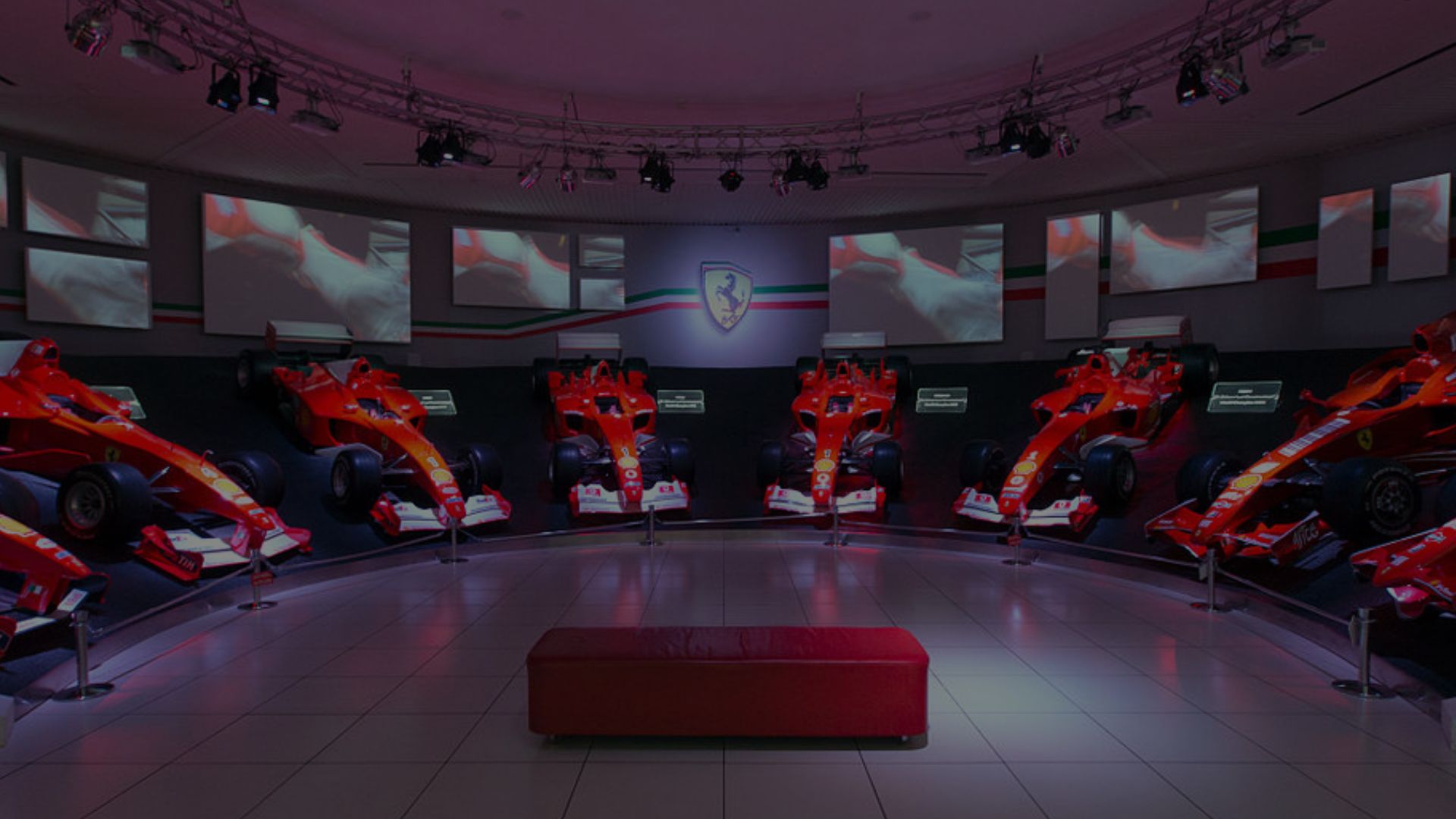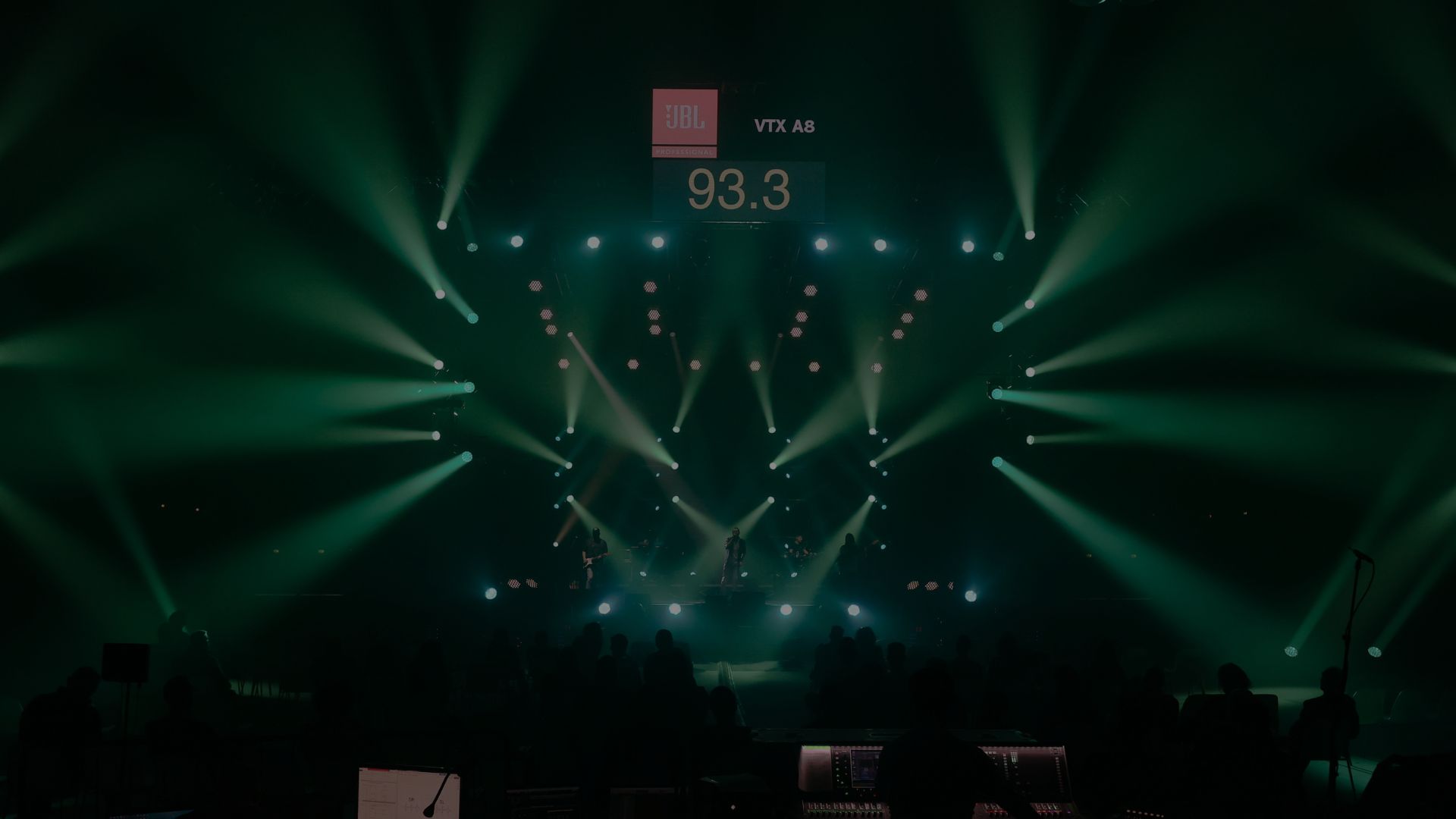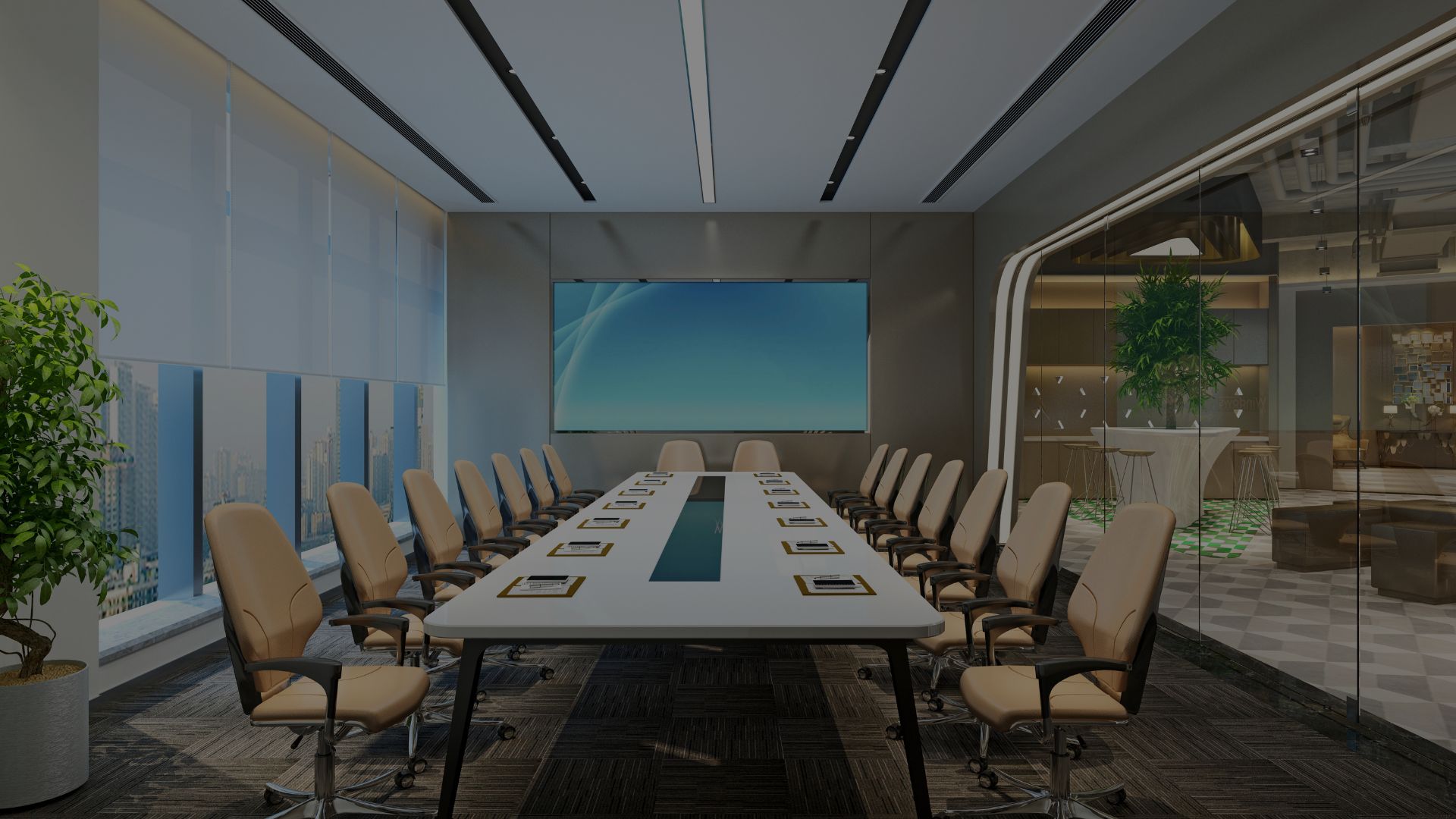Has the pandemic marked the end of meeting rooms and offices as we know them?
The workspaces of the future are increasingly shaped by a synergy of flexibility, technology, and sustainability—factors that are also redefining how companies and employees interact and collaborate.
What, then, is the future of Smart Working?
We asked:
-
Fiorella Crespi, Director, Smart Working Observatory – Politecnico di Milano
-
Michele Dalmazzoni, Director Collaboration Cisco South EMEA
-
Danny Pigini, Modern Work Technical Specialist, Microsoft
-
Mauro Bosano, EMEA Smart Collaboration Technology Lead, Lenovo
-
Diego Gambarini, Sales Director Italy, Mago
Index:
- Smart Working: Corporate, personal and social perspectives
- Technology and Training: The Key to a Smart Work Environment
- Advanced communication for effective meetings
- Advanced Technological Solutions for Hybrid Work: AI and Microsoft Teams
- Privacy and Security: Managing Voice and Facial Data
- Innovation and Development
- Integrated Control Platforms
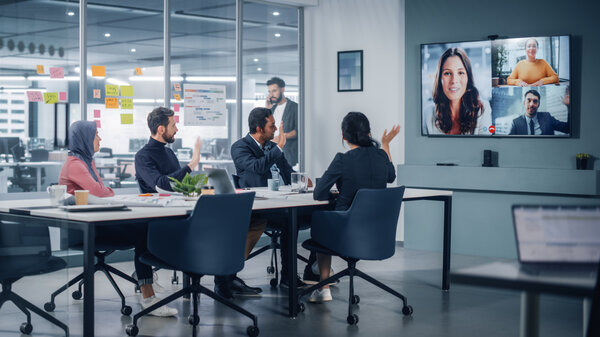
Lo Smart Working: An Empirical Analysis
Working in a smart mode is not just about performing tasks from home; it represents a much broader concept. Centered on flexibility and employee autonomy, smart working addresses the evolving needs of modern work and requires a results-oriented corporate culture.
This calls for an integrated framework of policies, technologies, physical spaces, and behaviors. Organizational policies set the stage for flexibility, technologies enable connectivity and collaboration, physical spaces become productivity boosters, and behaviors and leadership styles shape the corporate mindset.
What are the benefits and which technologies are needed to create a smarter environment?Here, the Smart Working Observatory of the Politecnico di Milano plays a key role. Its mission is to analyze the impact of digital innovation on work and business relationships.
Smart Working: Prospettive Aziendali, Personali e Sociali
The benefits of smart working span across three levels: corporate, personal, and social. At the corporate level, companies may experience increased productivity, improved talent attraction and retention, and optimization of physical space costs.
At the personal level, people can achieve better work-life balance, lower commuting costs, and greater job satisfaction. At the social level, there are visible reductions in emissions from commuting and a revitalization of peripheral areas.
However, the adoption of smart working also presents significant challenges, such as the need to avoid collaboration overload and to manage the evolving expectations of employees returning to the office.
How can companies address these challenges and what strategies can they adopt to fully benefit from smart working?
Technology and Training: The Key to a Smart Work Environment
Technology is crucial for smart working and can be divided into five categories: social collaboration, mobility, security, physical workspaces, and tools for well-being and engagement. During the pandemic, the use of these technologies increased significantly, transforming how collaboration and work management are conducted.
To fully leverage them and reduce technostress, advanced digital skills training is essential—covering areas such as networking, virtual communication, digital awareness, creativity, and self-improvement. Organizations must invest in employee training and promote a management model based on continuous feedback and clear objectives, avoiding micromanagement. The success of smart working depends on the harmonious integration of technology, skills and relationships.
“For us, Smart Working is a way of organizing work, based on giving people flexibility and autonomy in choosing how to work, including the places, times, and tools to use.”
— Fiorella Crespi, Director of the Smart Working Observatory – Politecnico di Milano
It is therefore clear that technology and training are essential for the success of smart working—leading us to consider yet another important aspect: the evolution of workspaces themselves.
Smart Building: the future of office
The office market is undergoing a major transformation thanks to the adoption of advanced technologies that promote smart buildings and the Internet of Things (IoT). These developments are revolutionizing resource and energy management, reducing emissions, and improving sustainability. Just consider that in 2020, the smart building market was worth $30 billion, with forecasts predicting growth up to $400 billion by 2040!
Companies are increasingly ready to invest in intelligent offices, recognizing their tremendous value. IoT is transforming workspaces through sensors that monitor environmental parameters, creating healthier and more productive environments.
What does the future hold for smart buildings, and how will they impact the offices of tomorrow?
Advanced communication for effective meetings
Artificial intelligence technology is also revolutionizing communication in meeting rooms, enhancing interaction for both in-person and remote participants. The meeting rooms of the future will increasingly be equipped with advanced technologies that ensure optimal visibility and audibility for everyone, regardless of their physical location.
"We need technology that integrates software and cloud, but also hardware and sensors, because we need to digitize a specific element: the physical space in which people move."
— Michele Dalmazzoni, Director Collaboration Cisco South EMEA
In a multi-platform world, interoperability is key. Partnerships with companies like Microsoft make it possible to integrate different technologies for seamless collaboration. For example, the Cisco Control Hub platform provides a wide range of insights into the spaces and devices being used, improving workplace management.
How far can artificial intelligence go? It can monitor air quality, energy consumption, and the overall efficiency of workspaces, helping create smarter and more sustainable offices. Even minor interventions—like a simple refresh of a meeting room—can apply smart building principles to significantly improve the work environment.
This intelligent approach to workplace management paves the way for further technological innovations that are shaping the offices of the future.
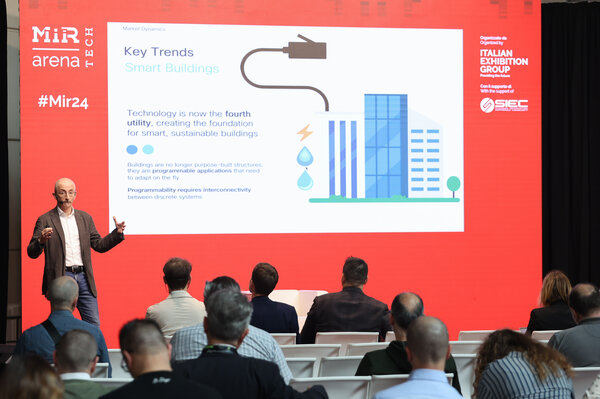
Futur challenges: Flexibility e AI
In recent years, the world of work has undergone a radical transformation, driven by two main forces: flexibility and artificial intelligence (AI). The pandemic accelerated the adoption of smart working, which employees now want to keep as a permanent option. At the same time, AI—especially generative AI—is becoming increasingly pervasive, helping employees reduce their workload.
A survey of 31,000 employees in 31 countries revealed the challenges faced by decision makers in keeping teams connected. The key challenge is to guarantee workplace flexibility without compromising connection and employees’ sense of belonging, both essential for retention.
"We are not only introducing generative artificial intelligence, but also AI technologies to improve the hybrid meeting experience. Our goal is to ensure an immersive experience even for remote participants."
— Danny Pigini, Modern Work Technical Specialist, Microsoft
The integration of AI into the workplace presents a significant challenge, but also an opportunity to improve productivity and efficiency, encouraging companies to further explore the many solutions available.
Advanced Technological Solutions for Hybrid Work: AI and Microsoft Teams
The need for technological solutions for hybrid work is increasingly evident, as managing emails and meetings takes up a significant amount of time. AI, integrated into tools like Microsoft Teams, helps free up time for more meaningful tasks by enabling smart productivity.
Microsoft Teams Rooms bring this experience into physical meeting spaces, using AI to simplify device management and enhance inclusive participation. The Teams Room Pro Portal enables continuous remote monitoring and proactive support. Furthermore, Teams Mesh technology allows for collaboration in mixed reality, strengthening connections between participants with customizable avatars and immersive environments—redefining the meetings of the future.
Hybrid meeting: the futur of collaboration
In the near future, hybrid meetings—combining in-person and remote participation—will become the norm. To support this evolution, Microsoft Teams is innovating with "intelligent audio" technology that can identify individual speakers. While this feature has existed for two years, Microsoft is now making it available for BYOD (Bring Your Own Device) setups, eliminating the need for a dedicated Teams Room.
Hybrid meetings also make use of audio bars equipped with multiple microphones that can identify up to ten speakers. Another solution, developed by Lenovo, is IntelliFrame—a system that uses cameras to frame active speakers, improving the remote attendee experience by streaming up to five simultaneous video feeds.
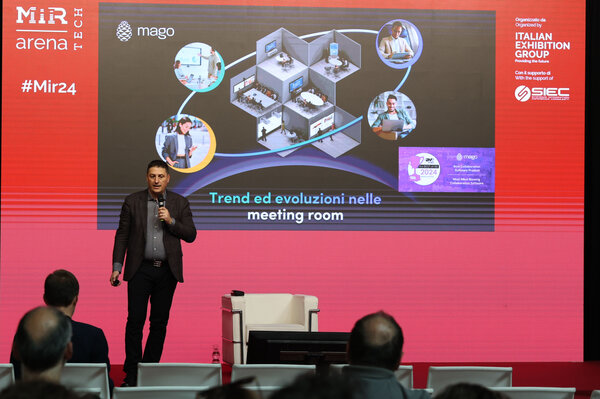
Innovation, development e privacy
The management of voice and facial recognition data raises important privacy concerns—concerns to which Microsoft responds with strict safeguards, ensuring all data remains within the Microsoft 365 tenant and thus remains secure.
Lenovo is enhancing the computational power of its devices to enable AI algorithms to run locally on the client side, making systems more responsive. It is expected that AI will increasingly operate not only in the cloud but also at the edge, directly within meeting rooms and endpoint devices.
Lenovo and Microsoft share a common vision of AI: to transform the way we work—every day. Lenovo’s goal is to make AI systems accessible across all market segments. While concerns about the future development of AI persist, the objective remains to continuously improve workplace experiences.
The synergy between Microsoft and Lenovo technologies promises radical innovation in meeting room environments, making them more efficient, secure, and inclusive for both in-person and remote participants.
“Another challenge we need to tackle—previously mentioned—is hybrid meetings: ensuring that remote participants, for example those working from home, can properly identify the people physically present in the meeting room.”
— Mauro Bosano, EMEA Smart Collaboration Technology Lead, Lenovo
We’ve seen how Microsoft and Lenovo are addressing the challenges of artificial intelligence and next-gen technologies in the meeting rooms of the future, ensuring both security and innovation.
But how can we solve today’s meeting challenges while also enhancing the user experience?
Advanced tech to solve meeting challenges
The meeting rooms of the future will be designed to overcome many of the challenges companies currently face—such as delays due to complex technologies and long setups, wasted investments in outdated and expensive hardware, limited brainstorming capabilities, and connectivity issues.
To address these problems, Mago—a software house specializing in Unified Communication & Collaboration and digital signage—offers a unified communication platform that integrates advanced tools for seamless content sharing and team collaboration.
Mago’s technology includes:
-
Interactive displays
-
Intuitive user interfaces
-
Drag-and-drop functionality
-
Web apps
The system is easy to use even for less tech-savvy users. It also allows wireless presentation from mobile devices and leverages artificial intelligence to convert sketches into digital models, boosting creativity and collaborative productivity.
Integrated Control Platforms
Mago offers a centralized dashboard for managing and monitoring meeting rooms. The platform provides:
-
Alerts for system malfunctions
-
Usage and meeting quality reports
-
Remote management across multiple locations
-
Automated software updates and system reboots
This helps companies maximize operational efficiency, minimize downtime, and enhance the user experience.
Scalable and independent from obsolete hardware, the platform supports quick access via QR code, ensures secure workspaces (cloud or on-premise), and integrates 2D/3D models and AI to increase engagement and meeting effectiveness—ultimately accelerating digital transformation.
Conclusion
The future of smart working and meeting spaces is clearly defined by a strong synergy between flexibility, advanced technology, and sustainability.
The innovations presented during the 2024 edition of MIR demonstrate how companies are embracing these trends to enhance productivity, operational efficiency, and employee satisfaction.
Tools like Microsoft Teams, AI-powered solutions, and smart building technologies are revolutionizing workplaces, making meetings more inclusive, interactive, and secure than ever before.
PUBLICATION
18/06/2024
scenario

